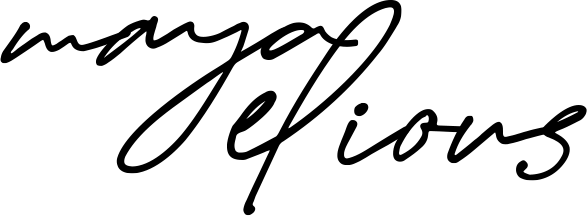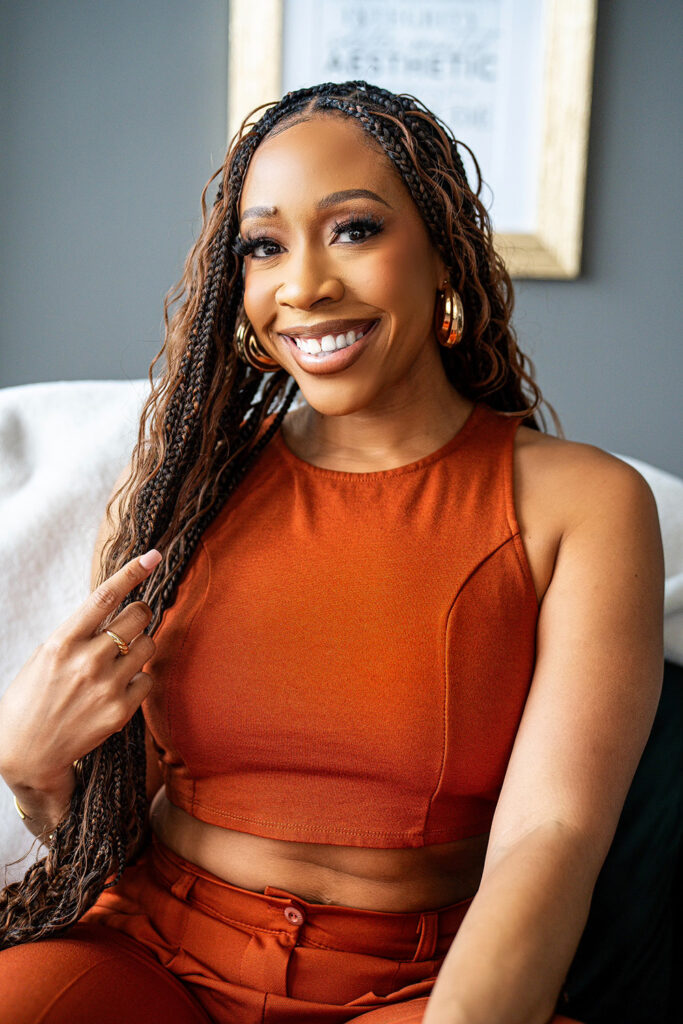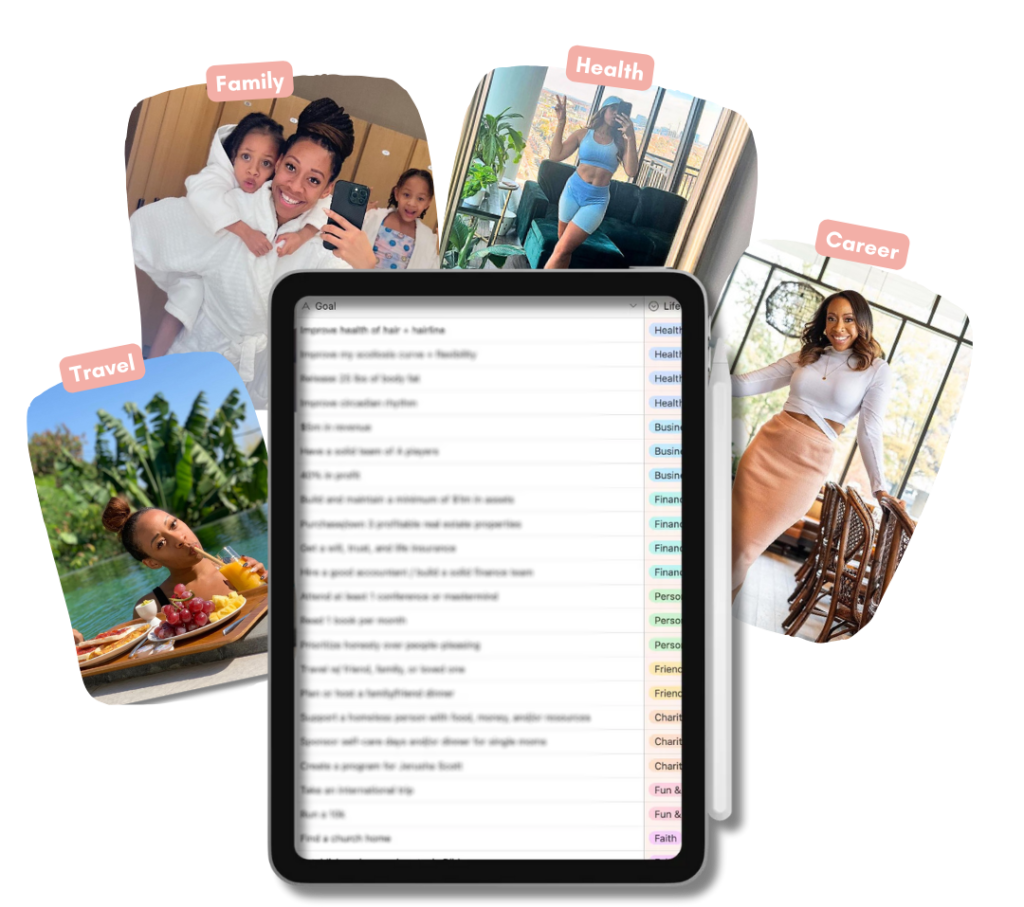
There’s nothing that’s too good for my readers even if they’ve never paid me a dime. I give out content to help bloggers and coaches get to the next level, and sharing part of a lesson from my course is no different. Plus, #9 is hilarious and humbling. Here’s a list of 9 free content types that will help lead to building your list and generating revenue.
Master Your Market | Module 2 | Lesson 3 (partial)
Free Content + Best Practices
1. Written blog posts
- Come up with engaging headlines. Using ALL CAPS or multiple exclamation points !!! isn’t engaging. Speaking about emotion, pain points, results and problem solving is. Your headline is SO important because people can’t get to your amazing content without being intrigued enough to follow where it is. (These rules also apply for naming/headlining other forms of content). Here are some examples:
-
- 3 surefire ways to [accomplish specific result]…
- The #1 reason you haven’t [accomplished specific result]….
- My top beauty secrets for…
- 5 myths that every [specific audience]….
- 11 tips and tricks to….
- Common mistakes every….
- How to ____ in 9 easy steps…
- 5 simple steps to…
- The biggest challenge you will face with….
- How I was able to ____ in under 2 months
- How you can _____ in under 5 weeks
- The ultimate guide to…
- The proven system that helped me ______
- Create a content upgrade that leads them to something. Click here to view an example of one of my posts with a content upgrade.
2. Guest blog posts
Writing blog posts for other websites is a great strategy to building your audience. The purpose of getting in front of their audience is to make sure they remember you and start reading your blog and/or get on your email list, though. You should have permission to have a short bio with a link back to your website along with your post. If possible, you also want to link their readers to a special landing page for them where you offer a freebie. Here’s an example of a very well written blog post on my site where I allowed the blogger to invite my readers to a free opt-in.
As a past contributor for Life Hack and The Nectar Collective, I had more success writing for The Nectar Collective. Although Life Hack has a way larger audience, The Nectar Collective is far more targeted. Targeted is always better than larger and broad. Find websites that speak to your ideal audience.
3. Video blogs
Video is a great format for people who enjoy learning by listening and seeing. Sometimes your message can get across more clearly in video format than written. At the end of your video, give your reader a call to action to subscribe, leave a comment or download something from your website or a landing page. Are you noticing a trend yet? ALWAYS HAVE A CALL TO ACTION FOR YOUR AUDIENCE. Especially for free content. The goal is to get them on your email list because with online business, email is currency.
Link to your website and/or freebie in the description section.
4. eBooks (editable to make it a workbook)
Your eBook can be a collection of blog posts. People like getting their content in one grouped “location.” Putting multiple blog posts in one PDF instead of having your reader click through your site allows them to get valuable information in a structured and easy way. Group together a series of posts that fit well together in a specific order and make it available. If you have a paid email course or coaching service, make the eBook something that is specific to your paid product as a way to intrigue them to want more. Have a follow up email a few days after they download your eBook inviting them to give you feedback and work with you / purchase your paid product on the specific topic.
5. eCourses + Email Courses
Your eCourses (even when free) are more in depth than blog posts and videos. Your eCourses are basically a combination of multiple formats. Take this course for example, the lessons are written like blog posts matched with some videos and workbooks. An online course has a platform (like Teachable for example).
Email courses have slightly less formats since you can’t embed videos in emails. You can have one or two workbooks throughout the course. If your email is meant to lead your reader somewhere (WHICH IT SHOULD!!!) a 5 or 7 day email course is a great length. On average, someone needs to see something 7 times before they decide to buy. A 5 – 7 day course is a good length for your reader to become familiar with you as a “teacher” and make subtle mentions about your paid products/services. Even though somebody usually needs a full 7 days, I say 5 is a good number too once you consider the welcome email and follow-up email. After they take the free course, send a follow-up email asking what they thought of the course, how it’s helped them, and invite them to work with you / purchase you product or service.
6. Podcasts
Podcasts are such a great way to connect with an audience who is always on the go. If your audience is someone who is always busy, hosting a podcast is a really great option. You can run it by yourself, with a colleague or invite people to be interviewed. Make sure you include show notes and links to anything mentioned in each episode. One of my free email courses was in the show notes of a podcast I was featured on, and that helped expand my audience. You can also add some “click to tweets” in your show notes to drive traffic to the post that links to your podcast.
I also suggest breaking up your podcasts episodes into seasons. You’ll have an opportunity to take a break and strategically promote each season.
7. Webinars + Periscope
There’s really no better way to connect with people than in person. As an online business owner, webinars and periscopes are the equivalent to being a speaker or sitting down and having coffee with someone. It really helps you build your brand as a coach who could be hired to speak, host workshops and have one on one sit downs. Live events convert better than any other platform.
Because I use social media to send people to my FREE content and my content platforms to send people to my PAID or UPGRADED CONTENT, I have a call-to-action for a freebie via Periscope and pitch a paid product or course through webinars. (You’re probably here because you attended my webinar that you were invited to through Periscope.)
8. Workshops
Even though workshops online are the same thing as webinars, the term “workshop” adds more valuable. Also using terms like “live masterclass” or “virtual bootcamp”, position your free webinar to be something more valuable. You can even create a mini workbook to go along with your virtual workshop for engagement. Again, you can invite people to work with you at the end of your workshop.
9. Tutorials
You can give your readers step-by-step “how to” tutorials. This is especially good for service based business owners like photographers, web designers, hair stylists, makeup artists, etc. Videos make it really easy for your readers to follow along with a tutorial. As a “techie” person, I like to make my tutorials using videos that share my screen. I use ScreenFlow for Mac. Camtasia is a good equivalent for PC users.
Tutorials are also really good as quick videos for Instagram and Facebook. For example, I really like these quick BuzzFeedTasty videos. You can view the page for an idea here.
Another way to do tutorials are by great step-by-step graphics. These are amazing for Pinterest.
Here’s an example back when I thought I was supposed to be a “lifestyle blogger”. Whatever that means.

On the full post, I gave descriptions on each step. Keep this between me and you, okay? You can view the full post here. Just don’t share it with anyone. Let me keep my dignity.
These are all content types that have helped me build my audience which allowed me to convert some of my supporters into paying clients and customers. You have to consistently provide value, and sometimes, blog posts may become boring to you (or your audience). Having different mediums for the same message allows you to stand out and reach more people. If you want to learn how to use content to build your authority, connect with an audience who needs to hear your message and convert them into paying clients & customers, check out my Content Creation Bundle.

Click here to learn more
Want more? Read >> 7 Ways Bloggers & Coaches Can Diversify Their Income



The fact that you dug super deep into your archives and shared that tutorial pic officially makes you my fav person haha we’ve all been down that “lifestyle blogger” road. But EXCELLENT post! Im really trying to push myself into producing more video content!
So many great ideas here, Maya! I think it’s so easy to fall into a rut with one or two different types of content, but there are so many options out there to play with. Definitely bookmarking this post for later.
Great list Maya! I’m recommitting myself to my blog in 2016 and I’ll be implementing a lot of these strategies and tools. I’ve also recently started to create things for my readers and I found that it’s like one of my absolute favorite things to do. So thank you for this list to help me think of other products and resources I can create. Keep up the great work!
This is a great list. I’m creating and promoting more video lately but I need motivation to write blog posts. The first tip helps a lot.
If you want to get success marketer in facebook visit http://www.liftupsocial.com for getting tons of facebooks likes, shares and comments..
If you want to get success marketer in facebook visit http://www.liftupsocial.com for getting tons of facebooks likes, shares and comments..
I’m glad I signed up for your mailing list.